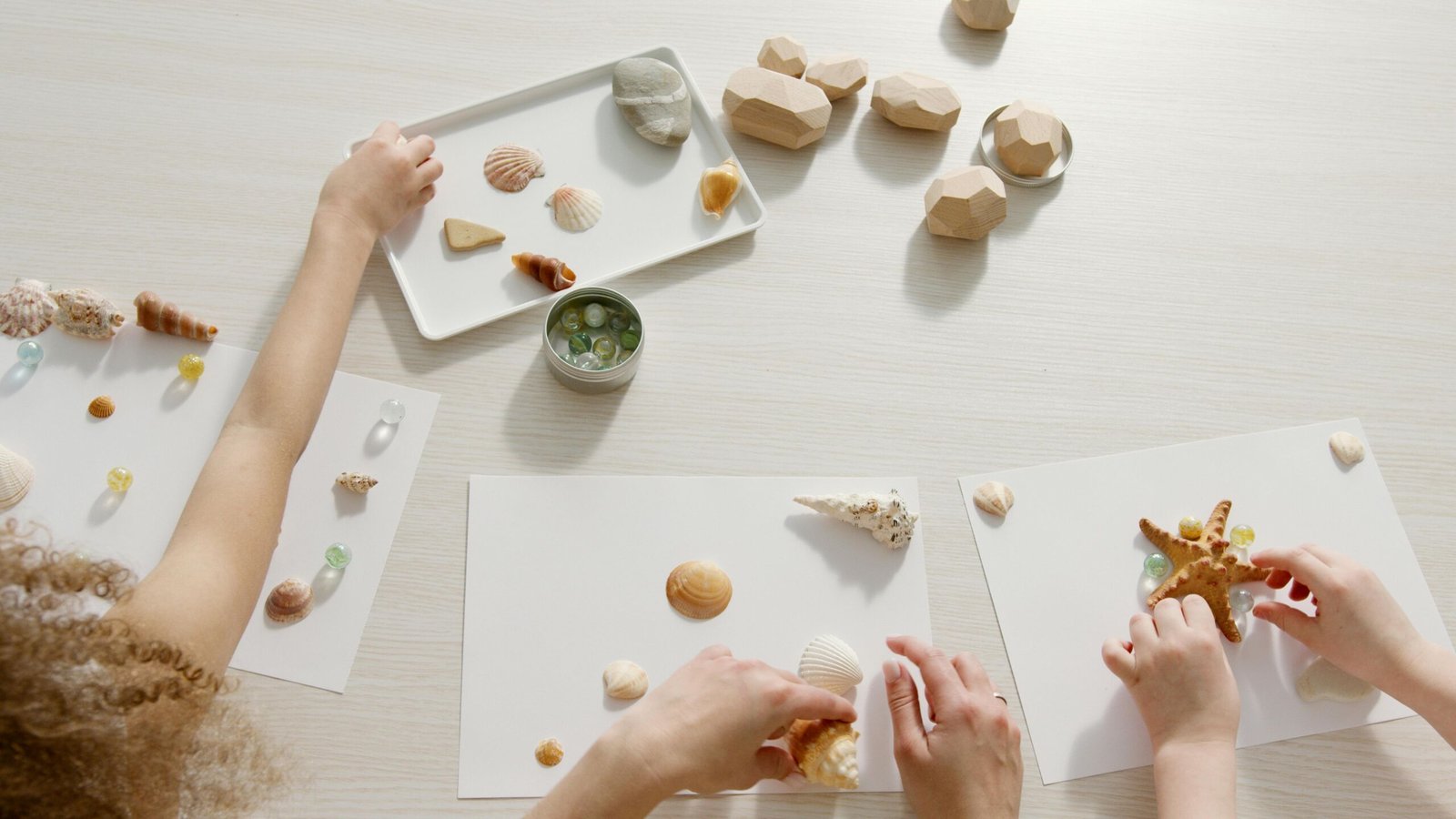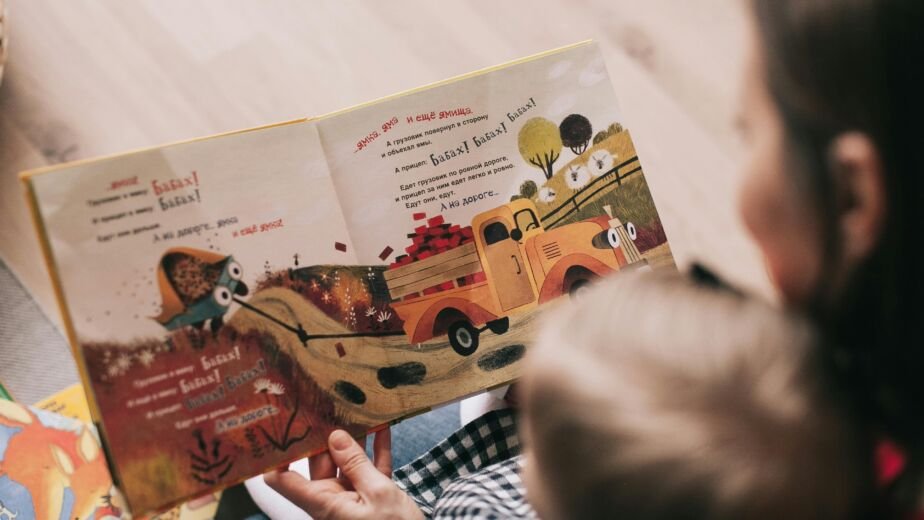The magic in the mess
If you’ve ever watched a toddler splash in water, squish playdough, or dig both hands into a pile of rice, you’ve witnessed the magic of sensory play. At first, it may just look like a mess waiting for cleanup. But beneath those sticky fingers and giggles, something powerful is happening: your child’s brain is wiring itself for language, problem-solving, and emotional growth.
In South Florida, where outdoor play is year-round, parents have even more opportunities to weave sensory experiences into daily life. Let’s look at why sensory play is so much more than “just play.”
What is sensory play?
Sensory play is any activity that stimulates your child’s senses—touch, sight, sound, smell, taste, balance, and movement.
Examples include:
- Running fingers through sand at the beach
- Exploring textures with playdough or clay
- Listening to music and moving to the rhythm
- Pouring water from one cup to another
- Finger painting with bold colors
The brain-building benefits
1. Boosts brain connections
Every squeeze, splash, and stir strengthens neural pathways. This helps toddlers make sense of the world and builds foundations for language and problem-solving.
2. Improves fine motor skills
Scooping beans, stacking blocks, or threading pasta onto a string develops hand strength and coordination—skills needed for writing later on.
3. Supports emotional regulation
Sensory activities can calm anxious toddlers and provide healthy outlets for big feelings. Many therapists even use sensory play to support children with sensory processing challenges.
4. Sparks creativity
When toddlers mix colors, build sandcastles, or invent their own games, they’re practicing imagination, experimentation, and confidence.
Easy sensory play ideas for Florida families
- Beach day basics: Buckets, shovels, seashell hunts. Sand and water = instant sensory fun.
- Water bins: Fill a plastic tub with water, add cups, funnels, and floating toys. Perfect for hot afternoons.
- Nature walks: Collect leaves, sticks, or rocks in a bag and explore their textures at home.
- DIY playdough: Mix flour, salt, water, and food coloring—safe if little ones taste-test.
- Rice or bean bins: Pour dried beans into a tub with spoons and cups. (Supervised to avoid choking risk.)
A gentle note for parents
It doesn’t take fancy toys or Instagram-worthy setups. Toddlers don’t need a curated sensory kit—often, they’re happiest with simple, safe items already in your home. The point isn’t perfection; it’s presence.




1 Comment
Diana
Sensory play is where curiosity sparks and learning thrives 🎶